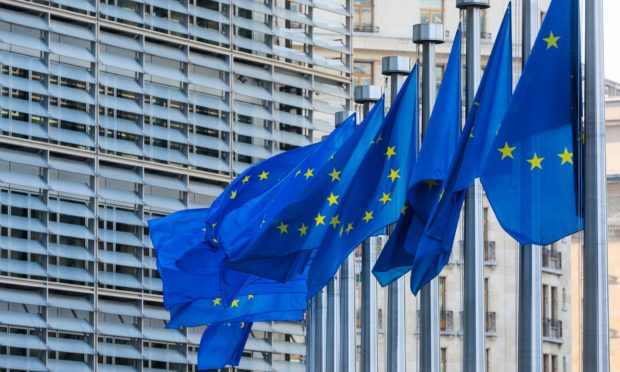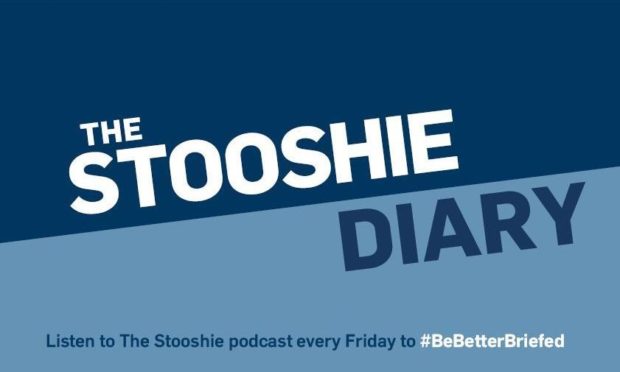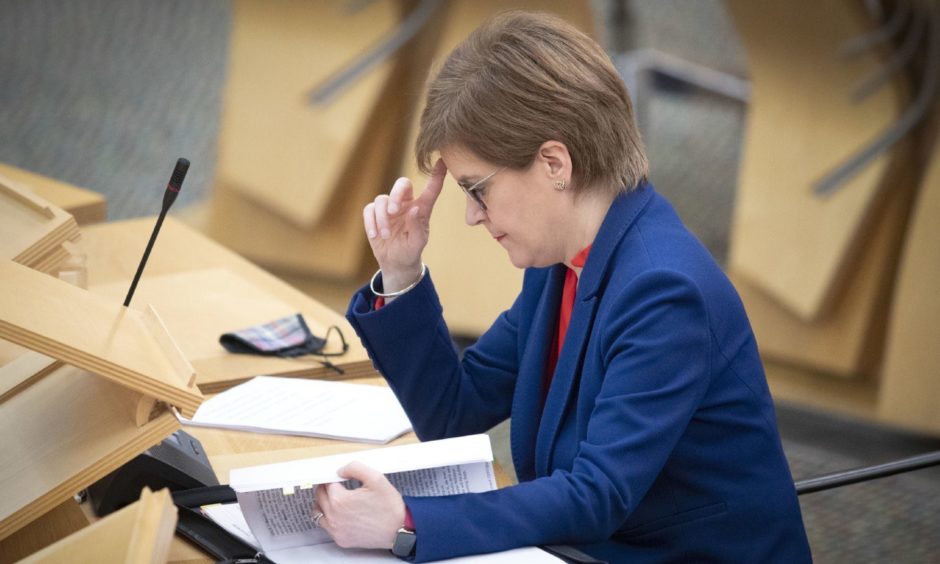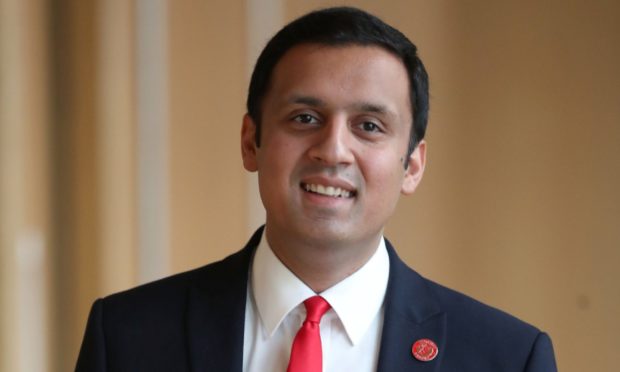If Scotland was half the progressive, modern European democracy the SNP would like it to be, then Nicola Sturgeon would no longer be First Minister.
There’s already been two EU governments that collapsed so far this year with a much lower threshold for scandal and disruption than the ongoing Alex Salmond debacle, which has seen the SNP and Nicola Sturgeon and the Scottish Government involved in high profile parliamentary and legal inquiries.
Remember the inquiries are not happening because Ms Sturgeon’s government did something really well – they’re happening because her government cocked things up, royally.
This ongoing circus has certainly taken the spotlight from the party’s election campaign, its quest for independence, and is now having a demonstrable impact on support for independence and Ms Sturgeon’s popularity too, if recent polls are anything to go by.
And that’s not to mention the SNP ‘civil war’ that sees elected politicians from the same party briefing against each other, trying to settle scores online, and indulging in such factional behaviour you’d imagine they’re bitter political adversaries rather than the comrades they’re supposed to be.
In other countries the party, or coalition partners, would simply have cut their losses and got rid of Ms Sturgeon long before now.
Here’s the form:
In the Netherlands in January, PM Mark Rutte’s four-party coalition government stepped down after a minister admitted to knowing about some very murky business around child benefit payments which ultimately impacted 20,000 Dutch families financially. It wasn’t even Rutte’s current government that was necessarily at fault, it was a previous government, but Rutte took responsibility.
Also in January, Estonia’s three-party coalition government collapsed after Prime Minister Juri Ratas’ party was implicated in a corruption scandal over property developments. The PM himself wasn’t under direct suspicion but his party was, and that was enough for him to fall on his sword.
[Nota bene: Italy also had a government collapse this year, but that was more to do with the perennial fragility of Italian governments – fast approaching 70 since WWII – rather than a specific new scandal].
 In modern, progressive European democracies prime ministers, and coalition governments, come and go quite frequently. Finland, a country where I’ve spent the last decade covering politics, had two governments collapse in 2019 alone. And you wouldn’t necessarily think of Finland as some sort of banana republic. It’s just the way things work in a functioning (healthy?) society where parties are elected by some form of proportional representation.
In modern, progressive European democracies prime ministers, and coalition governments, come and go quite frequently. Finland, a country where I’ve spent the last decade covering politics, had two governments collapse in 2019 alone. And you wouldn’t necessarily think of Finland as some sort of banana republic. It’s just the way things work in a functioning (healthy?) society where parties are elected by some form of proportional representation.
The difference is, in countries like Estonia, Netherlands or Finland, one party doesn’t dominate such a system. There are usually three or four parties with broadly similar levels of support and a handful of smaller parties who can be drafted into government by two or three of the bigger parties to make up the numbers.
In Scotland, the SNP’s decade-long dominance has meant Holyrood is atypical in that regard. The Scots Nats are currently too strong to need coalition partners, the other parties too weak to challenge robustly at the ballot box to level the playing field electorally.
Until there’s a more even parliament, by European standards, then the threshold for changing governments, or indeed first ministers, will remain rather high in Scotland.
Scottish Labour and civility in politics
The recent Scottish Labour Party leadership contest went quietly under the radar in a week dominated by other big political events.
There’s little disagreement from any politician that Scottish politics can be a toxic place, especially online.
So it was refreshing that when I got the chance to ask Monica Lennon and Anas Sarwar if they had something nice to say about their opponent, neither hesitated.
Ms Lennon praised Mr Sarwar’s drive and ambition to achieve results for his constituents; she conceded fairly enough that they had different visions about how to take Scottish Labour forward but noted they’d both run positive campaigns where they’d been respectful of each other.
Mr Sarwar started his campaign with an online pledge urging his supporters not to get drawn into online arguments and to keep things polite and in our video he said he admired Monica Lennon’s energy, tenacity and principled campaigning for what she believes.
As the election draws closer we’re going to be doing more to foster this theme of civility in politics in our newspaper coverage and online, to encourage more curiosity and conversation, and to de-escalate political hostilities.
If everyone was as polite as Monica Lennon and Anas Sarwar towards their opponents, I think politics would be a far more pleasant space to get involved in. Wishful thinking? Perhaps. But it’s not wrong to aspire to that.
The Stooshie
To listen and subscribe, free, search for ‘The Stooshie’ on Apple Podcasts, Spotify, or wherever you get your podcasts!


